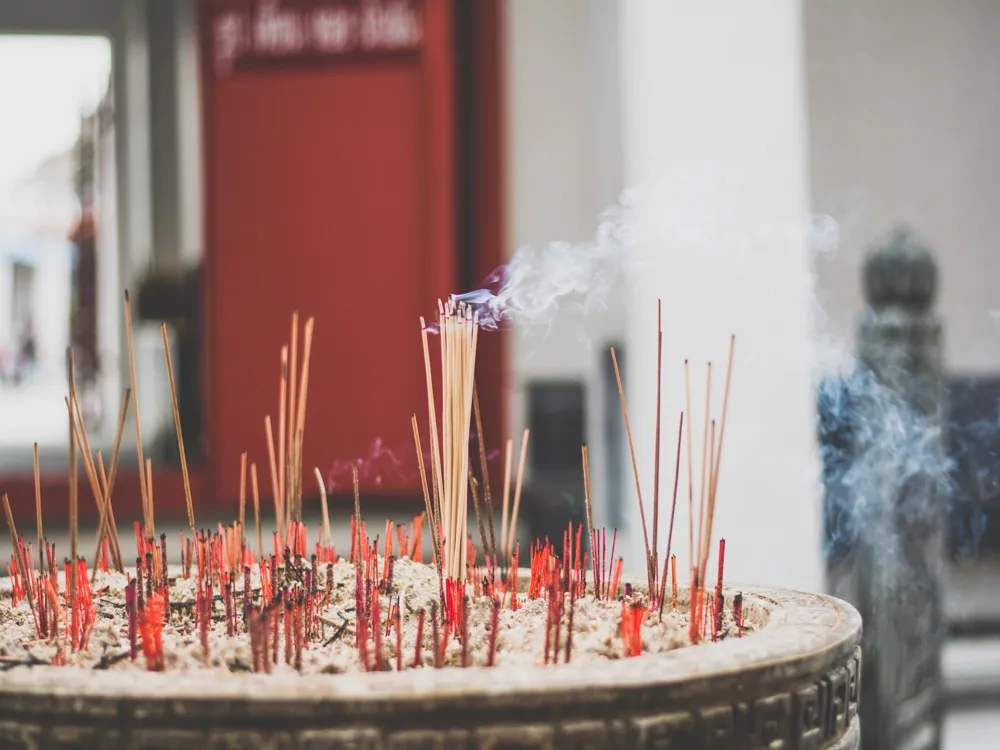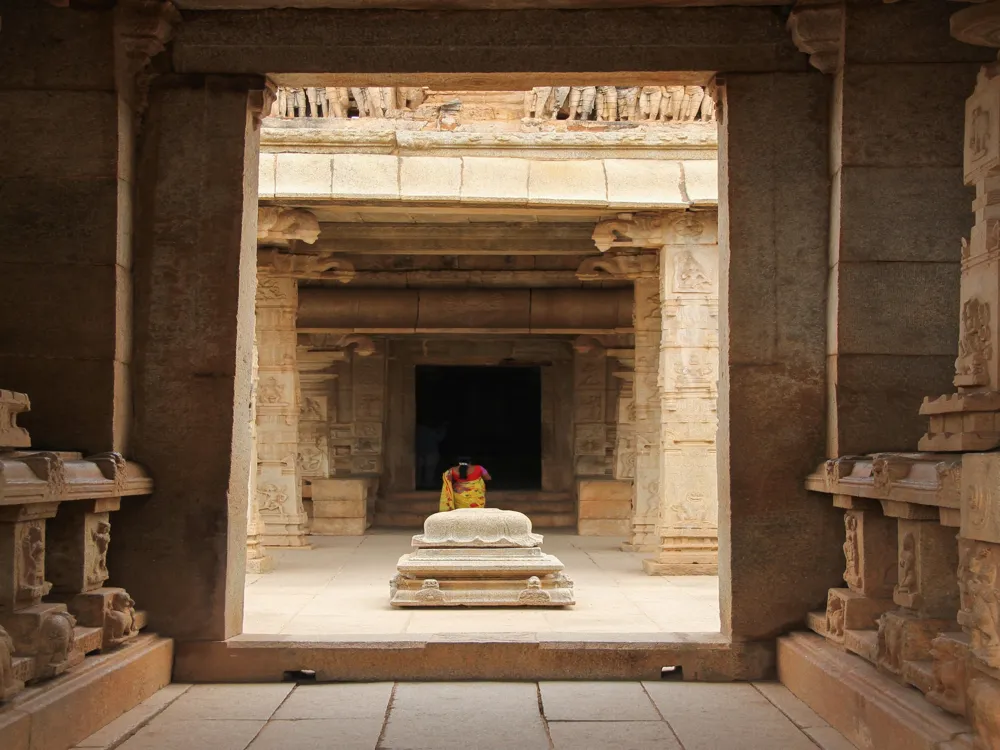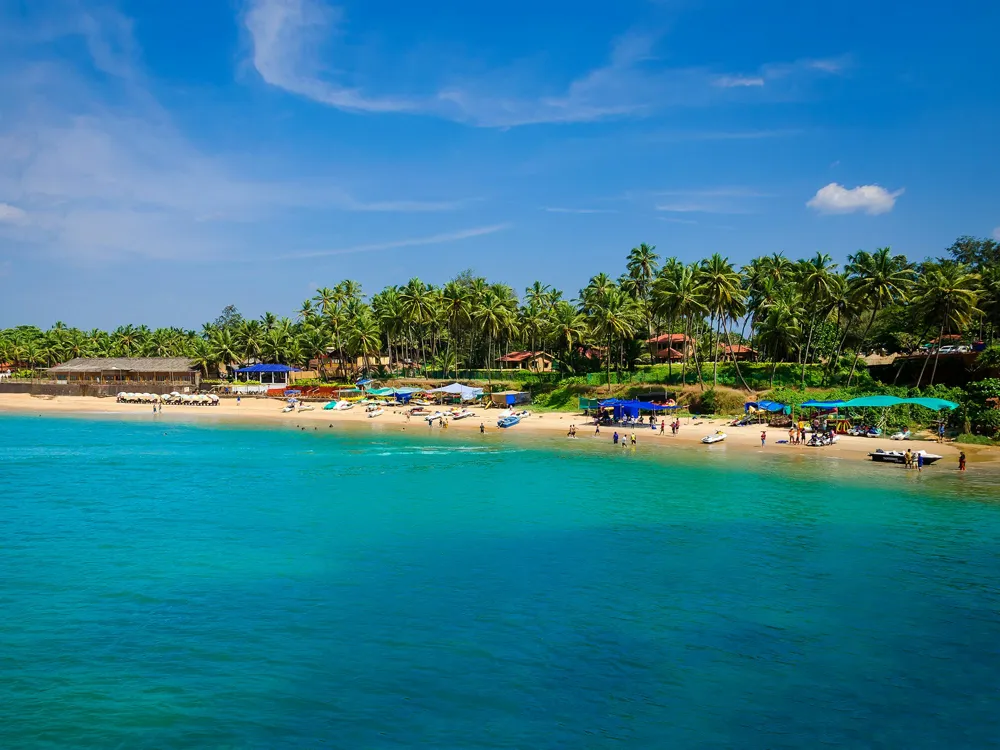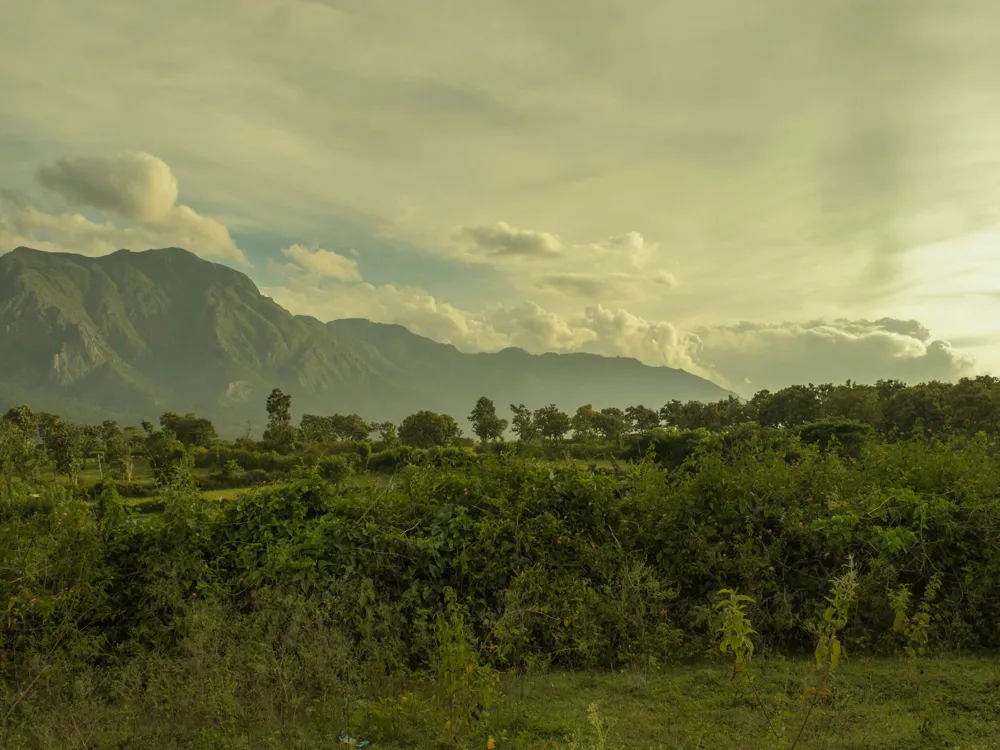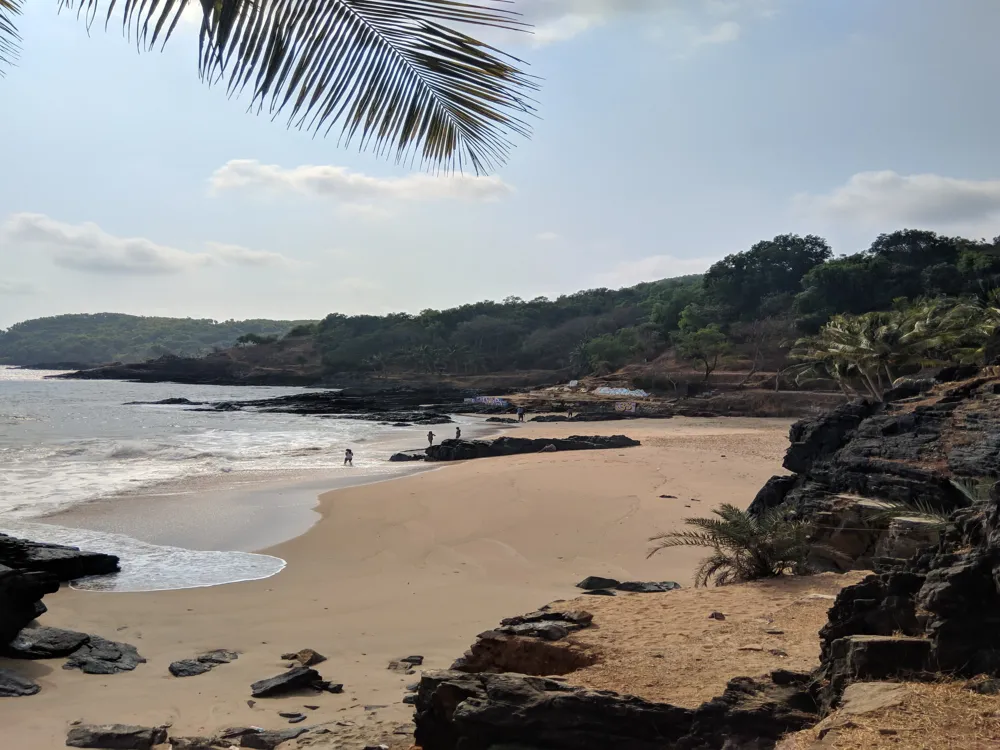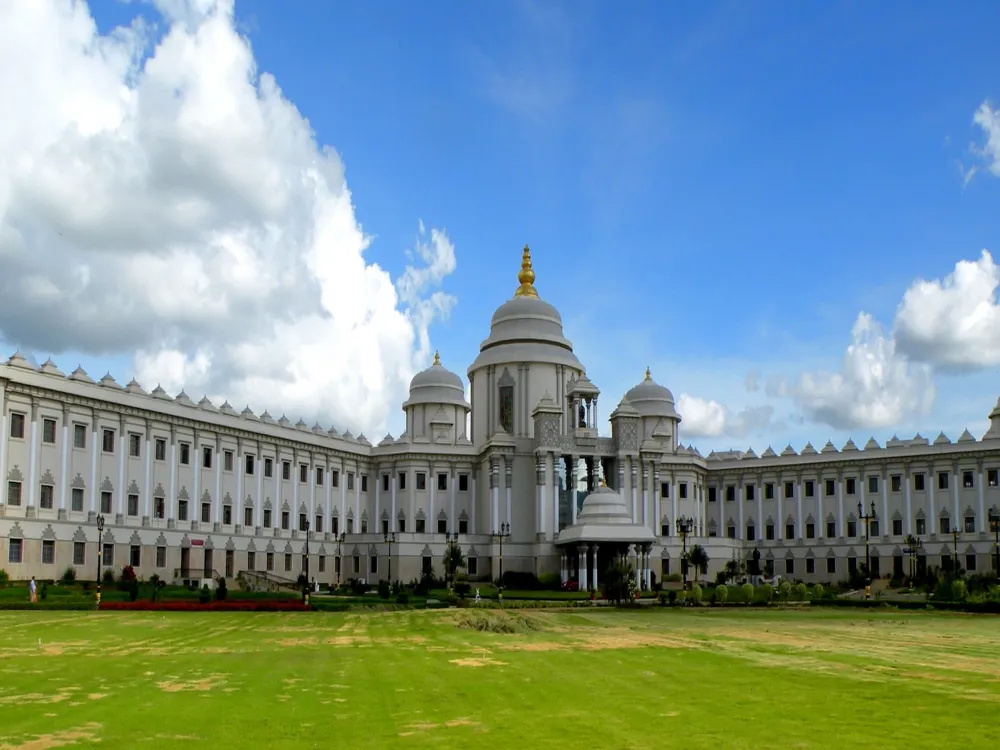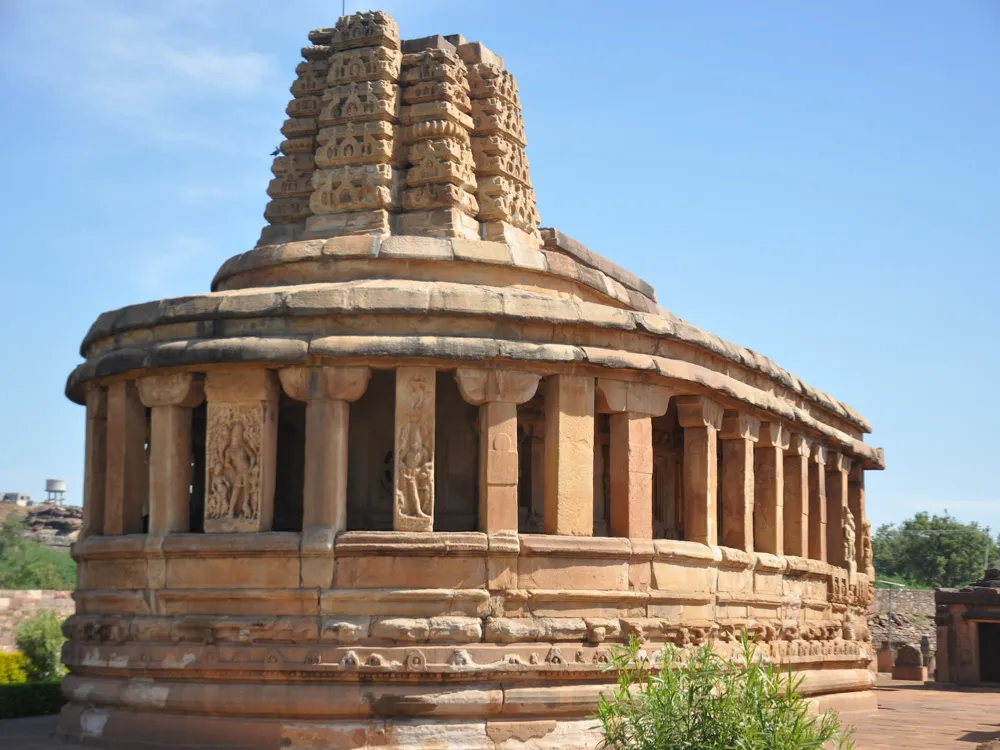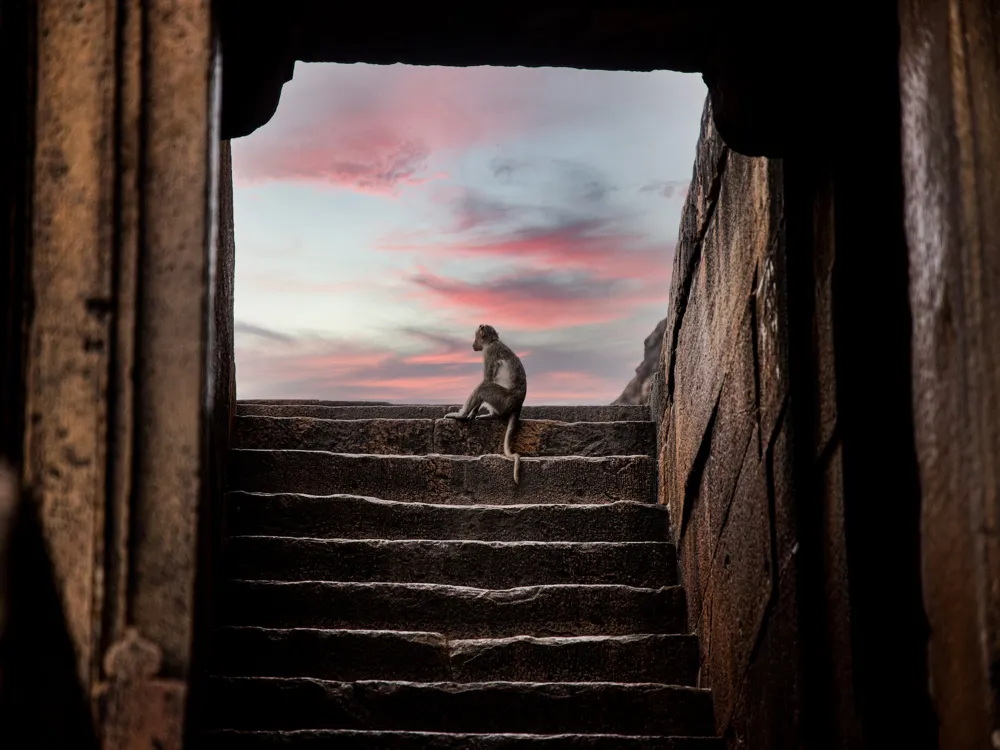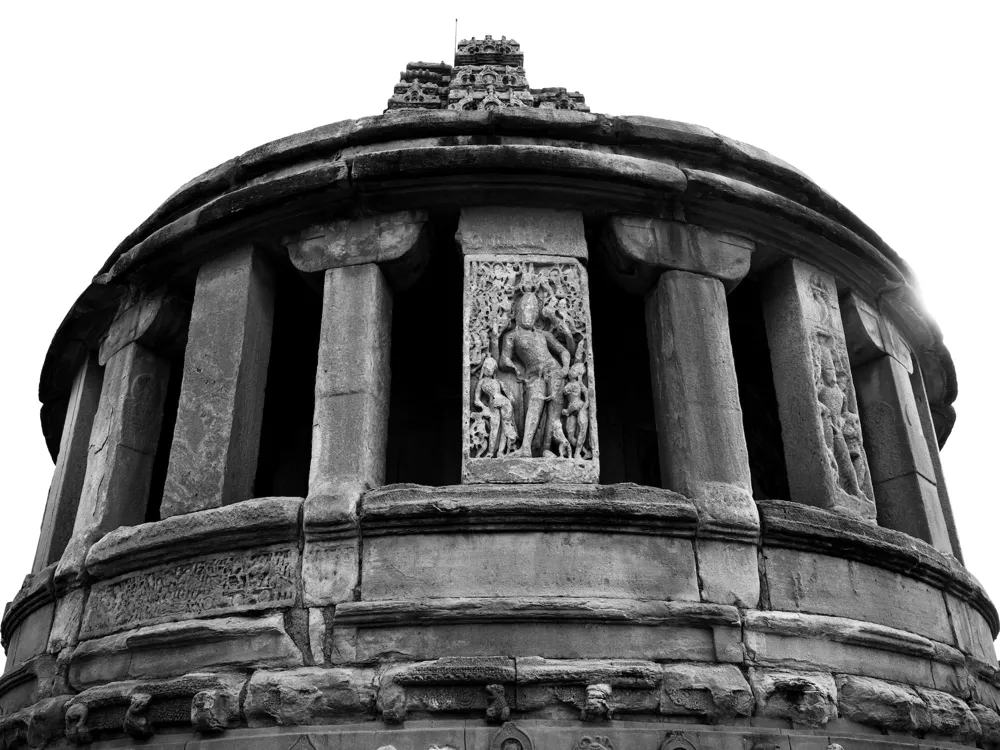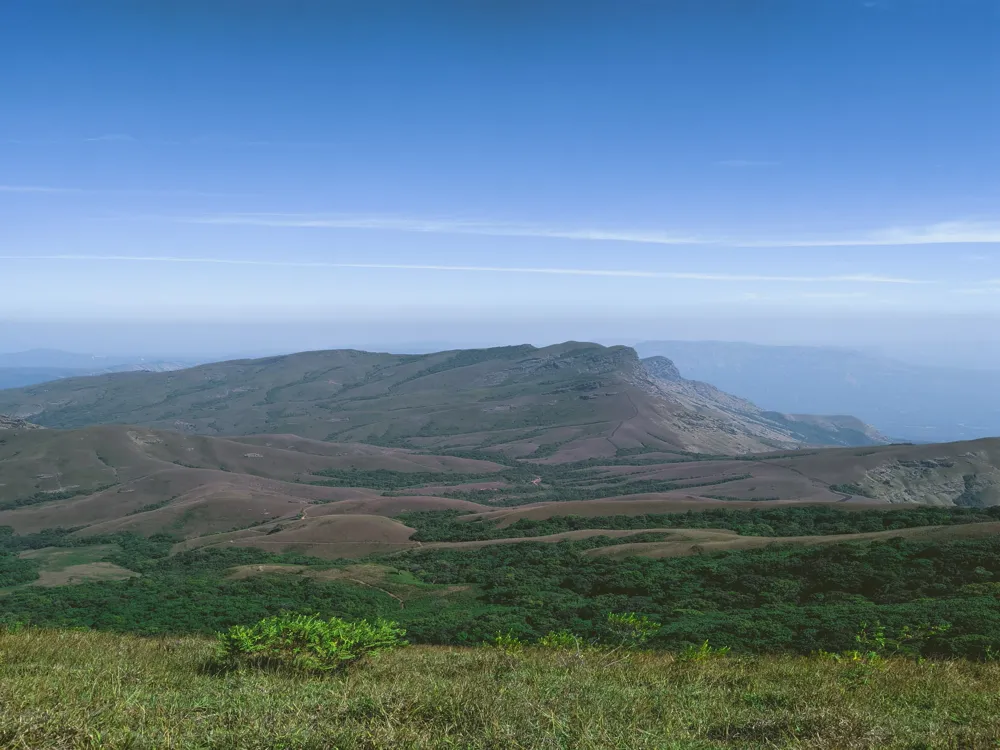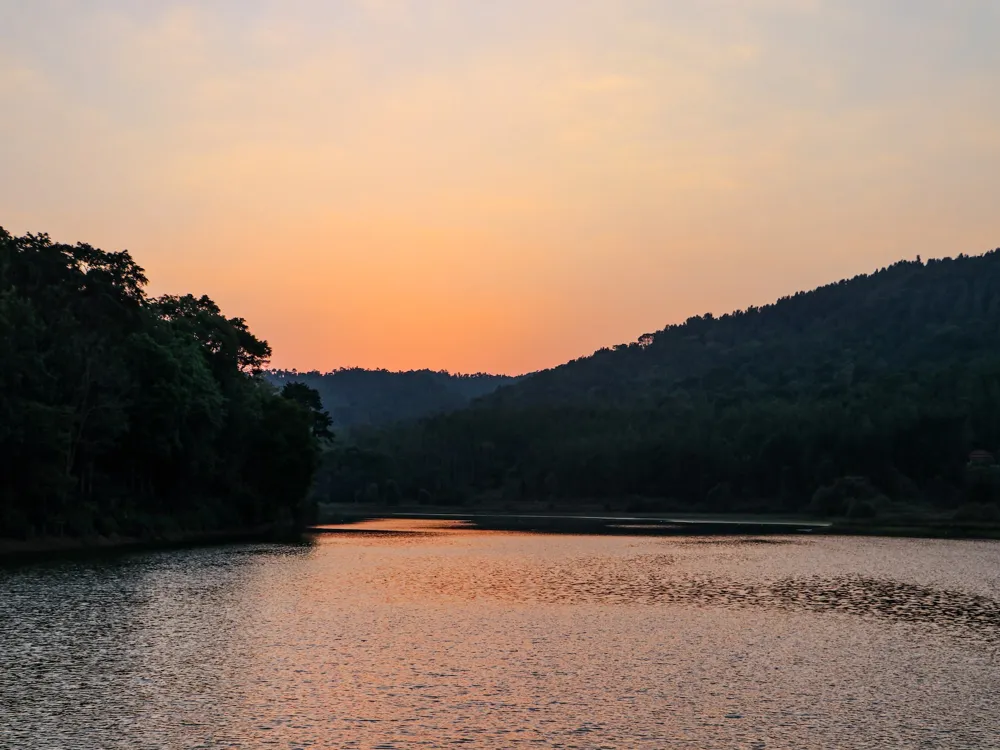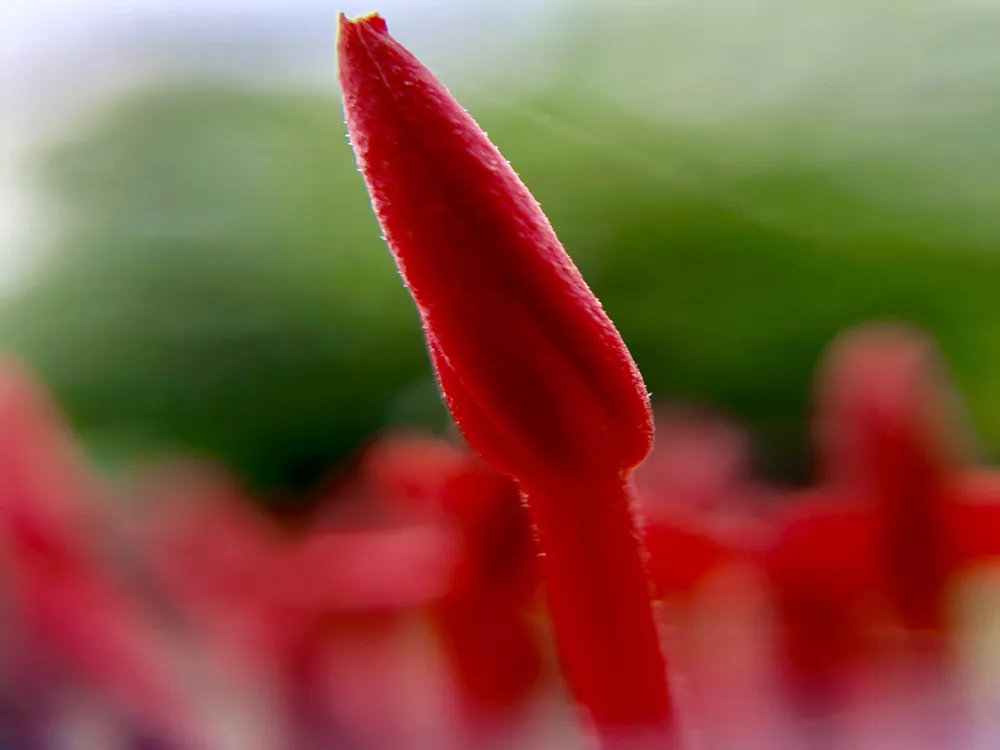Hampi, a UNESCO World Heritage site located in Karnataka, India, is an open-air museum of history, architecture, and culture. Once the flourishing capital of the Vijayanagara Empire, Hampi's history dates back to the 14th century. The city's landscape is dotted with ancient temples, forts, and remains of palaces, each telling a story of its glorious past. Surrounded by the Tungabhadra River on one side and rocky terrain on the other, the natural setting of Hampi adds to its historical charm. This place is not just a haven for history buffs, but also for those who appreciate architecture and nature. The Vijayanagara Empire, founded by Harihara I and Bukka Raya I, saw Hampi as its capital from 1336 to 1565. During this period, the city flourished under the rule of rulers like Krishnadevaraya. Hampi was not only a political capital but also a hub for trade, attracting merchants from as far as Persia and Portugal. The fall of Hampi was marked by the Battle of Talikota in 1565, leading to its decline and eventual abandonment. Hampi is a testament to the Indian legacy of art, architecture, and religion. The city is deeply rooted in the Hindu mythology, with several temples dedicated to Lord Shiva and Vishnu, reflecting the religious beliefs of the Vijayanagara rulers. The annual Hampi Utsav celebrates the city's rich cultural heritage through music, dance, and drama, attracting visitors and artists worldwide. The ruins of Hampi, spread over 4,100 hectares, include more than 1,600 surviving remains of the last great Hindu kingdom in South India. These include forts, riverside features, royal and sacred complexes, temples, shrines, pillared halls, mandapas, memorial structures, gateways, defense check posts, stables, water structures, and more. The intricate stone carvings and the architectural brilliance of the monuments reflect the ingenuity of the craftsmen of the era. The architectural style of Hampi's monuments, a unique blend of the Dravidian and Indo-Islamic styles, is a visual treat. The empire's wealth, power, and artistic excellence are evident in the vast array of structures, each with its distinctive features. Hampi's temples are renowned for their large dimensions, florid ornamentation, and expansive courtyards. The Virupaksha Temple, dedicated to Lord Shiva, stands tall with its nine-storied gopuram adorned with sculptures. The temple complex has pillared halls, intricately carved mandapas, and a sacred tank. This architectural masterpiece is famous for its Stone Chariot and the musical pillars. The chariot, a shrine dedicated to Garuda, is a symbol of Hampi's artistic excellence. The musical pillars of the Ranga Mandapa emit musical notes when struck, showcasing the scientific knowledge and artistic creativity of the era. The royal enclosures in Hampi were the seat of power of the Vijayanagara rulers. The Mahanavami Dibba, the Lotus Mahal, and the Queen's Bath exemplify the luxurious lifestyle of the royalty. These structures feature a fusion of Hindu and Muslim architectural styles, with archways, domed chambers, and beautifully landscaped gardens. The irrigation and water management systems of Hampi, including aqueducts and canals, were ahead of their time. The ingenious design of the Stepped Tank, used for religious and ceremonial purposes, highlights the advanced engineering skills of the era. The frescoes, carvings, and sculptures in Hampi illustrate scenes from Hindu epics, royal processions, and daily life of the era. The Hazara Rama Temple, adorned with bas-reliefs depicting the Ramayana, is a fine example of narrative art in stone. The ideal time to visit Hampi is from October to February, when the weather is pleasant. Summers are extremely hot, and monsoons, though scenic, might hamper exploration of the ruins.
Overview of Hampi, Karnataka
Significant Historical Era of Hampi
Cultural Significance
Archaeological Richness
Architecture of Hampi
Temple Architecture
The Vijaya Vittala Temple Complex
Royal Enclosures
Engineering Marvels
Artistic Depictions
Tips When Visiting Hampi
Best Time to Visit
Accommodation and Food
Big Shivlinga
Hampi
Karnataka
NaN onwards
View hampi Packages
Weather :
Label : Must Visit
Tags : Monument
Timings : 5:00 AM to 9:00 PM on all days of the week
Planning a Trip? Ask Your Question
Hampi Travel Packages
View All Packages For Hampi
Top Hotel Collections for Hampi

Private Pool

Luxury Hotels

5-Star Hotels

Pet Friendly
Top Hotels Near Hampi
Other Top Ranking Places In Hampi
View All Places To Visit In hampi
View hampi Packages
Weather :
Label : Must Visit
Tags : Monument
Timings : 5:00 AM to 9:00 PM on all days of the week
Planning a Trip? Ask Your Question
Hampi Travel Packages
View All Packages For Hampi
Top Hotel Collections for Hampi

Private Pool

Luxury Hotels

5-Star Hotels

Pet Friendly







